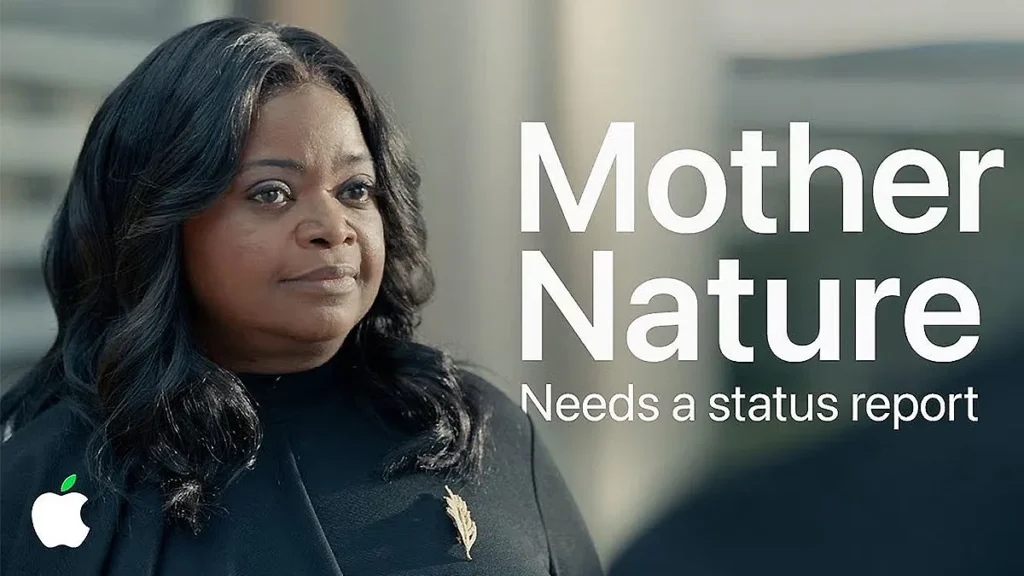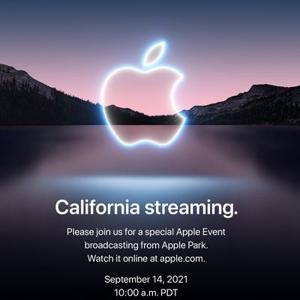Have you ever wondered how Apple transformed its marketing strategies from humble beginnings in a garage to becoming a global powerhouse in digital marketing? The evolution of Apple’s online marketing approach is a fascinating journey that reflects the company’s adaptability and innovative spirit. Here’s a comprehensive overview of how Apple has adapted its online marketing strategies over the years, including budgeting practices and agency partnerships.
Apple’s online marketing strategy has undergone significant transformations since its inception in the 1970s. Here’s a comprehensive overview of how Apple has adapted its approach over the years, including budgeting practices and agency partnerships.
Early Days: Grassroots Marketing (1976-1980s)
Initial Strategies
In the early years, Apple relied on grassroots marketing, showcasing products like the Apple I at local tech meetups such as the Homebrew Computer Club. This direct engagement with early adopters helped build initial interest and excitement.
Word of Mouth
Word-of-mouth marketing was crucial in these formative years. As users shared their experiences, Apple began to gain traction among tech enthusiasts, establishing a foundation for future marketing efforts.
The Rise of Digital Presence (1990s)

Website Launch
In the mid-1990s, Apple launched its first official website, which became a vital platform for product promotion and information dissemination. The site featured product specifications, support resources, and an online store.
Email Marketing
Apple began utilizing email marketing to reach customers directly. Newsletters featuring product updates and promotions established a direct line of communication with their audience.
Embracing Online Advertising (2000s)
Iconic Campaigns
The early 2000s saw Apple launching memorable advertising campaigns like “Think Different” and “Get a Mac.” These campaigns were storytelling pieces that resonated emotionally with consumers.
Social Media Emergence
As social media platforms gained popularity, Apple established a presence on sites like Facebook and Twitter. However, they focused more on engagement rather than traditional advertising.
Budgeting Practices
During this period, Apple allocated substantial budgets to advertising. For example, in 2007, Apple spent approximately $1 billion on marketing, reflecting its commitment to building brand recognition.
The Shift to User-Centric Marketing (2010s)
User-Generated Content
In the 2010s, Apple increasingly focused on user-generated content. Campaigns like “Shot on iPhone” encouraged users to share their photos taken with iPhones using specific hashtags. This showcased product capabilities while fostering community.
Influencer Collaborations
Apple began collaborating with influencers and celebrities to reach wider audiences. By leveraging the credibility of these figures, Apple enhanced brand visibility and connected with specific demographics more effectively.
Budgeting Changes
During this decade, Apple’s advertising spend fluctuated significantly. For instance, in 2020, Apple spent around $1.8 billion on advertising and promotions, reflecting its ongoing investment in digital marketing despite changes in strategy.
Advanced Digital Strategies (2020s)

Immersive Experiences
With advancements in technology, Apple began incorporating augmented reality (AR) and virtual reality (VR) into its marketing strategies. These tools allowed users to interact with products innovatively before purchasing.
Privacy-Centric Marketing
Following changes in privacy regulations (like iOS 14.5), Apple shifted its focus towards promoting user privacy as a key selling point. Campaigns emphasizing privacy features helped differentiate Apple products in a crowded market.
Enhanced Online Store Experience
Apple revamped its online store to provide a seamless shopping experience. The website features high-quality visuals and easy navigation, ensuring customers can quickly find what they need while enjoying an aesthetically pleasing interface.
Budgeting Insights
As of recent reports, Apple’s advertising business is now valued at over $3.7 billion per year, having grown significantly due to changes in their advertising ecosystem following the implementation of AppTrackingTransparency (ATT) policies 1.
Agency Partnerships
Throughout its history, Apple has collaborated with various advertising agencies to shape its marketing strategies:
- TBWA\Chiat\Day: This agency has been pivotal in creating some of Apple’s most iconic campaigns since the late 1980s. The “Think Different” campaign is one of their most notable works.
- Media Agencies: In recent years, Apple has worked with media agencies like WPP for media planning and buying to optimize their digital ad placements across platforms such as YouTube and other digital channels 4.
Current Trends: Community Engagement and Sustainability

1-Sustainability Messaging
Today, Apple’s online marketing emphasizes sustainability and ethical practices. Campaigns highlight their commitment to reducing environmental impact, appealing to socially conscious consumers.
2-Continuous Engagement
Apple continues to engage with its audience through various digital channels, including social media and email newsletters offering exclusive content and promotions. Their focus remains on building a loyal community around their brand.
From grassroots efforts in the 1970s to sophisticated digital strategies today, Apple’s online marketing has evolved dramatically. Key shifts include embracing user-generated content, leveraging influencer partnerships, focusing on privacy, enhancing customer engagement through immersive experiences, and adapting budgeting practices accordingly. By maintaining strategic agency partnerships and adapting to changing technologies and consumer expectations, Apple has solidified its status as a leader in digital marketing within the tech industry.

Sources
- Apple Events Page: A comprehensive resource for upcoming and past Apple events, featuring details about product launches and keynotes.
- Macworld Article on Apple Events: Provides a schedule of Apple’s events for 2024 and insights into their typical timing and content.
- Wikipedia on Apple Special Events: A detailed list of Apple’s media events, including historical context and significant announcements.
- MacRumors Guide to Apple Events: Offers an overview of expected Apple events, including product launches and updates.
- Apple Events Podcast: A podcast series featuring the latest keynote addresses and an archive of past events.
- Forbes Article on Recent Event: Coverage of the latest Apple event, detailing new product announcements and features.



